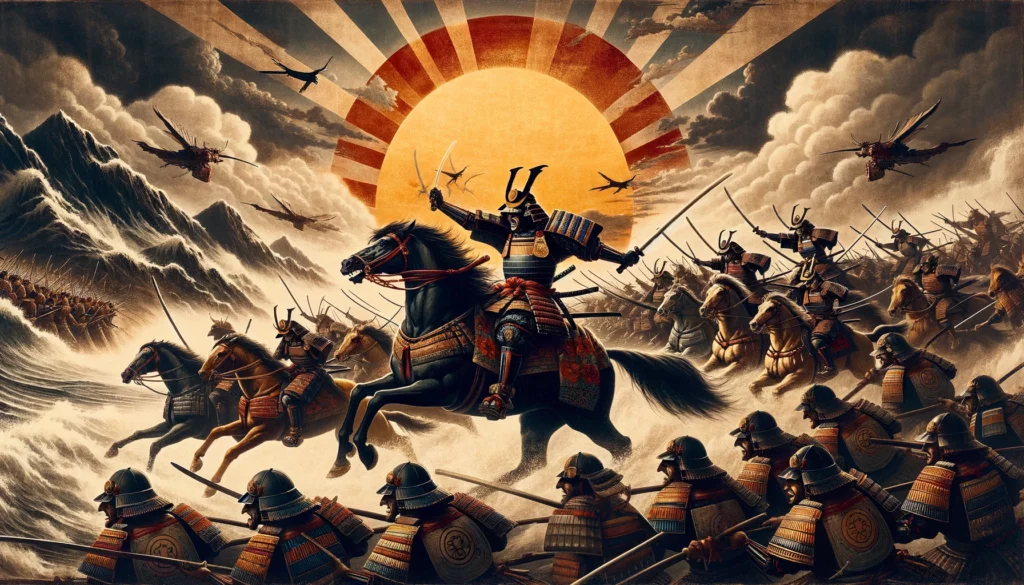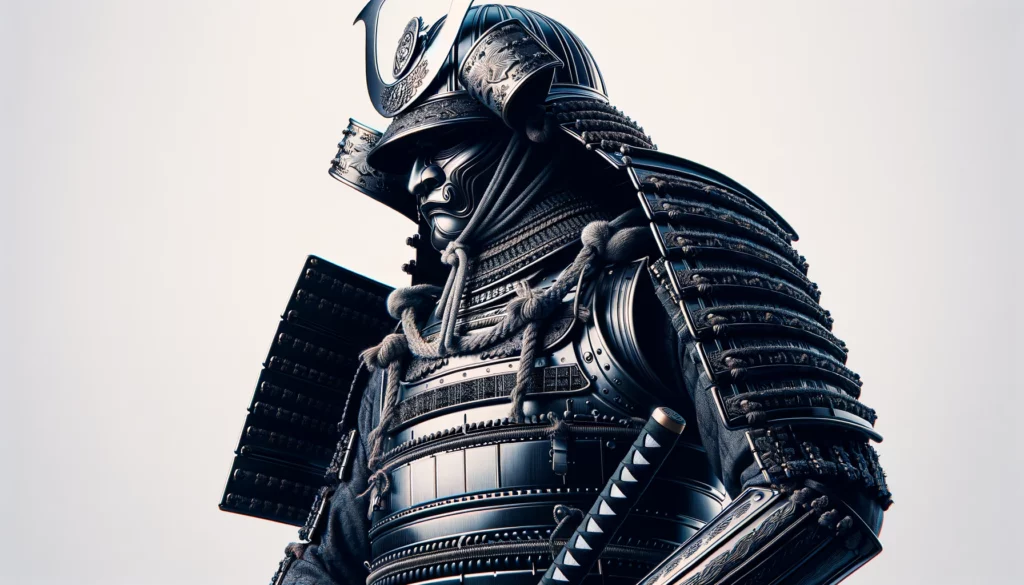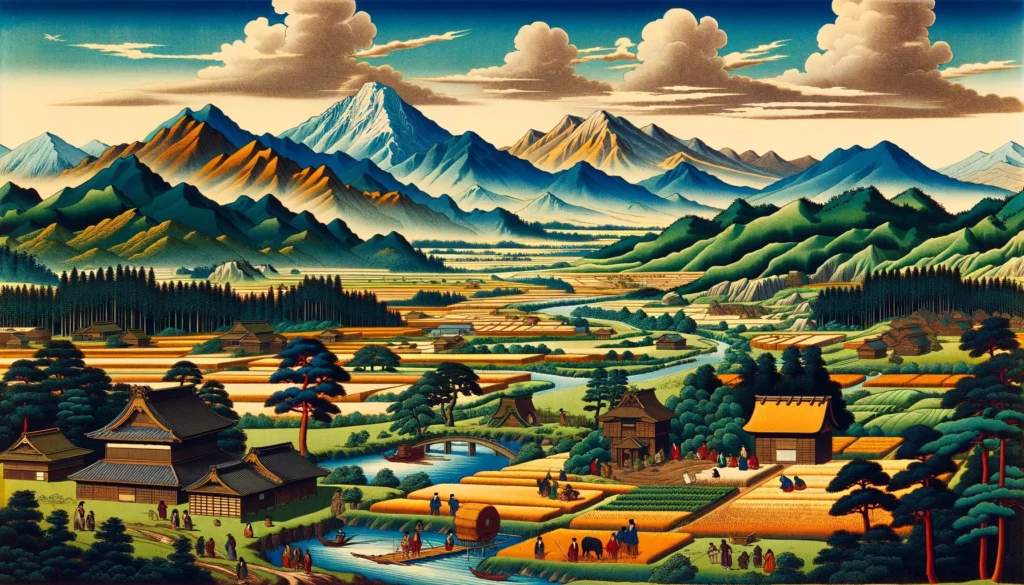Imagine stepping into a time where samurai warriors were the epitome of power and honor. This was a time where the balance of power shifted dramatically, leading to the birth of a unique governing system in Japan: the Shogunate. This historic shift didn’t just happen overnight. It stemmed from a complex web of events, rivalries, and the need for order in a land torn by conflict. Here, we explore what the Shogunate was and paint a picture of the historical context that necessitated its creation.
The Significance of the Shogunate: More Than Just a Government
The Shogunate was not merely another form of government; it was a pivotal transformation in Japan’s political and social structure. It represented a departure from the traditional power held by the emperor, moving towards a system where the military governed the land. Understanding its importance is key to appreciating the depth and impact of this historical phenomenon. The Shogunate laid the foundation for many aspects of Japanese culture, politics, and society that we recognize today.
The Formation of the Shogunate

The Historical Backdrop
The story of the Shogunate begins in the late Heian period, a time marked by the decline of the central Imperial authority and the rise of powerful landowners and clan leaders. These landowners, or Daimyo, amassed private armies, leading to a period of widespread unrest and conflict known as the Genpei War.
The Key Figures
Two clans, the Minamoto and the Taira, were central to this conflict. The victory of the Minamoto clan and the heroics of Minamoto no Yoritomo are particularly noteworthy. Yoritomo’s triumph in 1185 laid the groundwork for the establishment of the Shogunate.

The Structural Change
Post-war, Yoritomo established the Kamakura Shogunate, marking the first time a shogun (military leader) held real power in Japan. This was a strategic move to prevent the return of the chaotic rule by numerous competing warlords. The Shogunate system was a form of military government where the shogun wielded absolute power, even though the emperor remained the figurehead.
The Reasons for its Establishment
Several factors contributed to the creation of the Shogunate:

. The Need for Strong Military Rule
- Timeline and Context: From the mid-Heth century to the late 12th century, Japan witnessed a gradual erosion of central imperial control, giving way to local warlords (Daimyo) who commanded personal armies. This period was characterized by frequent conflicts, most notably the Genpei War (1180-1185).
- How and Why: The instability and constant warfare highlighted the ineffectiveness of the imperial court in maintaining order. Minamoto no Yoritomo, a key figure in these conflicts, saw the necessity of a strong, centralized military rule to bring peace and stability. He envisioned a government led by a warrior class, aligning with the needs and realities of a war-torn Japan.
2. Decentralization of Imperial Power
- Time Period: The Heian period (794-1185) marked a significant shift in the political landscape of Japan. The imperial family, although revered, gradually lost actual political power.
- Who and What: Emperors and the court nobility in Kyoto became more engrossed in cultural pursuits and less involved in governance, leaving a power vacuum that ambitious clans sought to fill.
- Resulting Shift: This power shift paved the way for the rise of influential military leaders like Minamoto no Yoritomo, who seized the opportunity to establish a government where the emperor’s role was more ceremonial, while real power rested in the hands of the military.
3. Rise of the Samurai Class
- Historical Development: During the late Heian period, the samurai emerged as a distinct and influential social class. They were not just warriors but also stewards of land and protectors of their respective clans.
- Influence on Governance: Yoritomo and his followers, being samurai themselves, structured the Shogunate to reflect samurai values such as loyalty, martial prowess, and honor. This class-centric governance resonated with the prevailing societal structure and ensured the support of the most powerful military force in the land.
4. Control of the Daimyo
- The Challenge: Post-Genpei War, Japan was fragmented with powerful Daimyo holding significant regional control. This fragmentation posed a threat to national unity and stability.
- Strategic Response: By establishing the Shogunate, Yoritomo provided a centralized authority that could effectively manage these regional lords. He implemented systems like the shugo (military governors) and jitō (estate stewards) to oversee the Daimyo and ensure loyalty to the Shogunate.
5. Geographical and Economic Factors
- Geography’s Role: Japan’s geography, with its numerous islands and mountainous terrain, historically led to regional autonomy and difficulties in central control.
- Economic Considerations: The economy during this period was predominantly agrarian, with local lords controlling land and resources. A centralized military government provided a more cohesive approach to managing these resources and ensuring a stable economy.
Conclusion

- Political Legacy: The Shogunate system, starting with the Kamakura and lasting through the Edo period, reshaped Japan’s political landscape for nearly 700 years. It established a precedent for military governance, influencing not only the politics of its era but also leaving an indelible mark on Japan’s later governmental structures.
- Social and Cultural Transformation: Under the Shogunate, the samurai class rose to prominence, profoundly influencing Japanese culture. Concepts such as bushido (the way of the warrior) became ingrained in Japanese ethos, affecting everything from art to personal conduct.
- Economic Changes: The Shogunate era saw a shift towards a more stabilized economy, primarily agrarian, but later evolving to include more trade and urban development, particularly during the peaceful Edo period.
- Foreign Relations: Initially, the Shogunate adopted a policy of relative isolation (sakoku), which had lasting effects on Japan’s interactions with the rest of the world. This isolation was a response to internal consolidation needs and external threats, particularly from European powers.
Lessons from the Shogunate Era
- Adaptability and Resilience: The Shogunate’s ability to adapt to changing times, particularly seen in the transition from the Kamakura to the Edo period, showcases the importance of adaptability in governance.
- The Power of Centralized Authority: The establishment and success of the Shogunate demonstrate the stabilizing effect of a strong, centralized authority, especially in times of chaos and fragmentation.
- Cultural Integration in Governance: The Shogunate’s alignment with the values and structure of the samurai class underscores the importance of cultural integration in effective governance.
As we reflect on the Shogunate era, consider how the themes of power, culture, and governance from this period resonate in today’s world. How does the blend of military might and cultural values from the Shogunate era compare to modern concepts of leadership and governance? The Shogunate era, a pivotal chapter in Japan’s history, offers a unique lens through which we can examine these enduring questions.